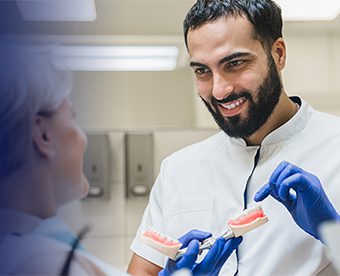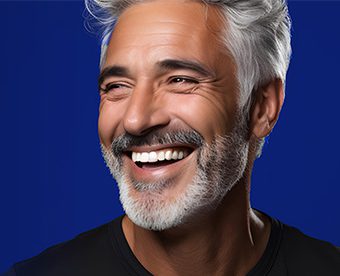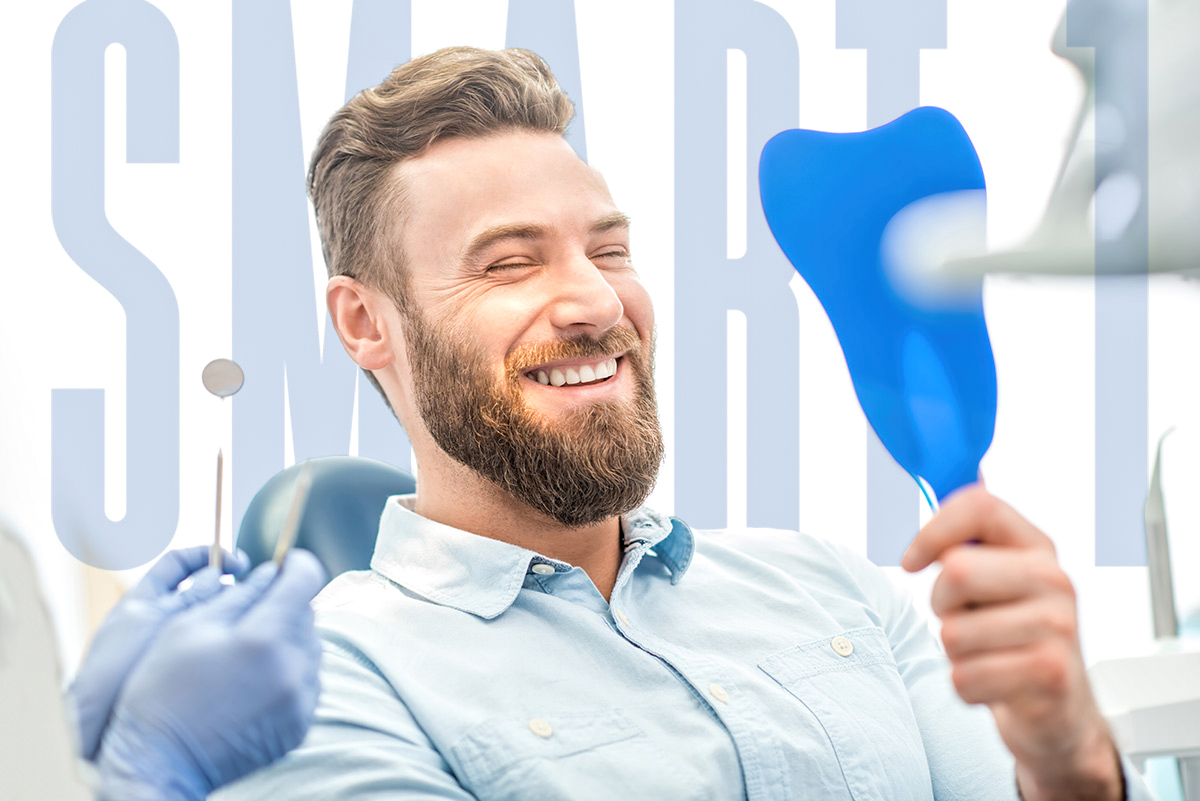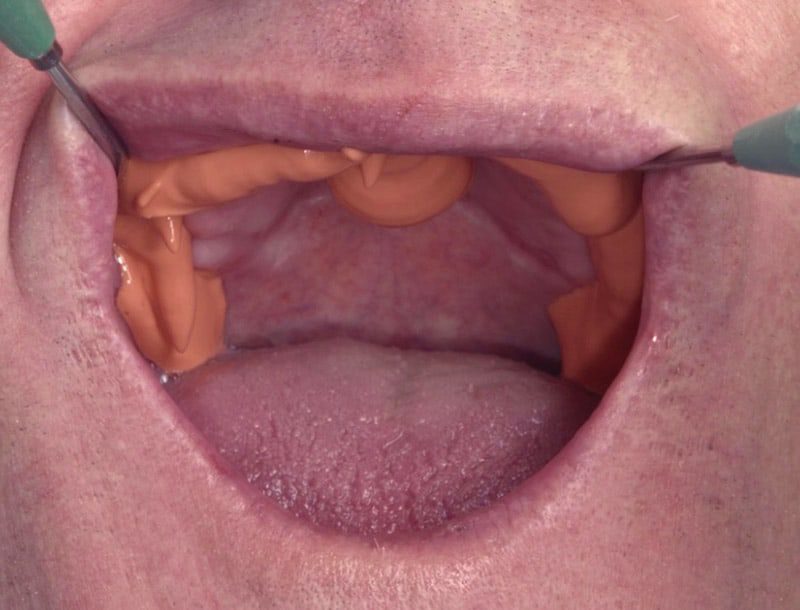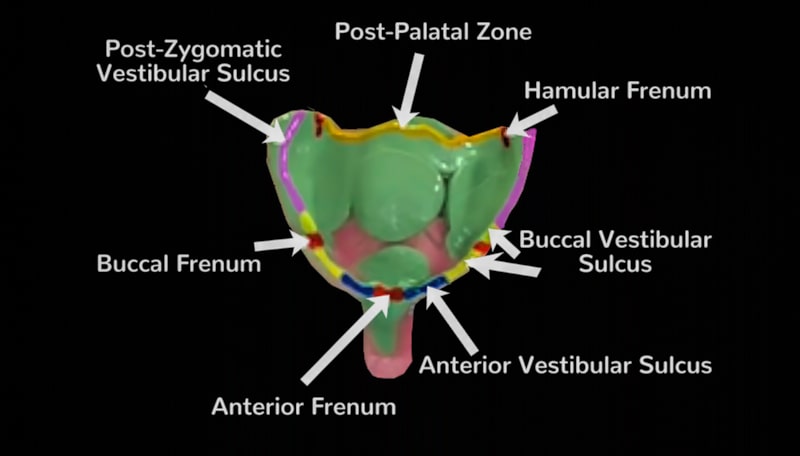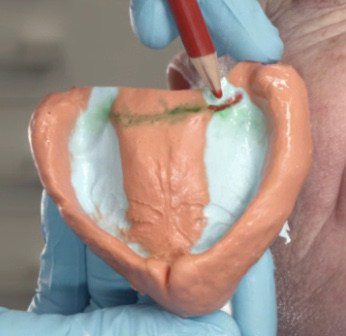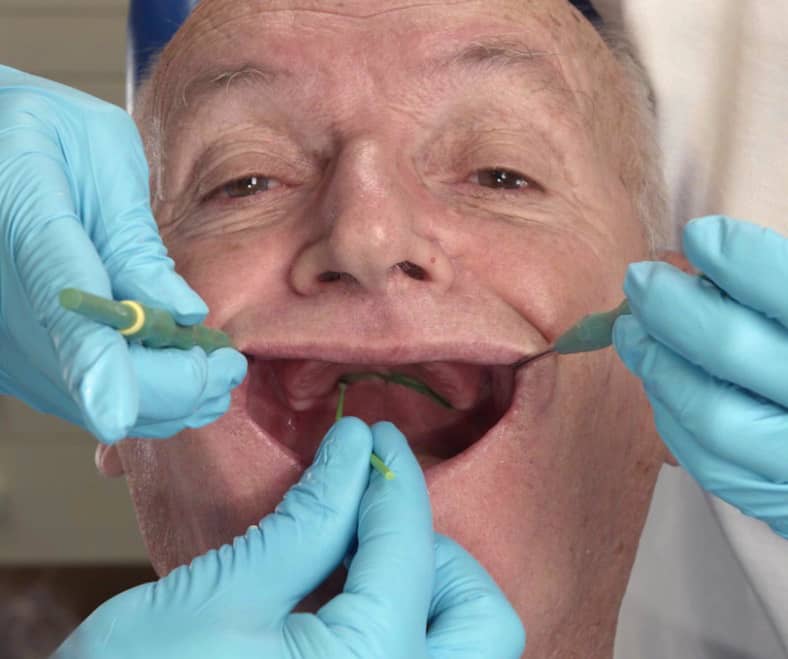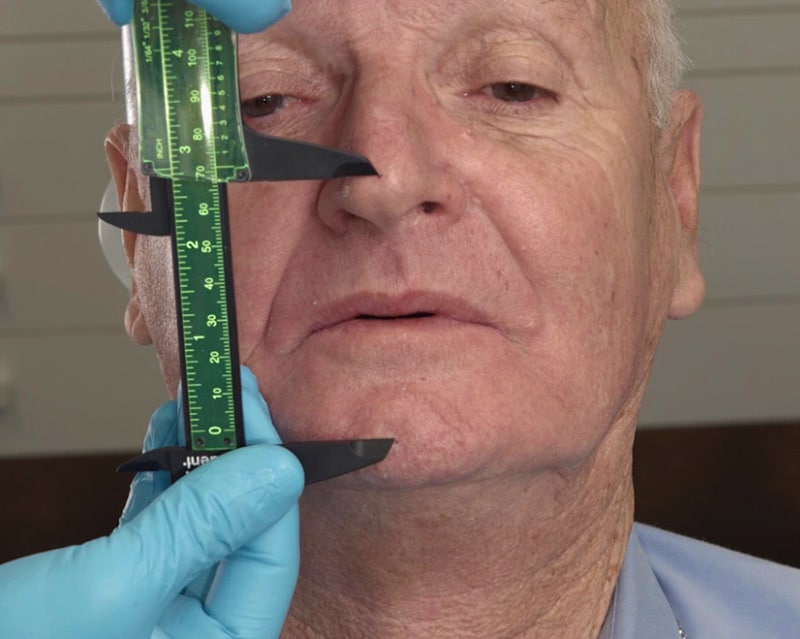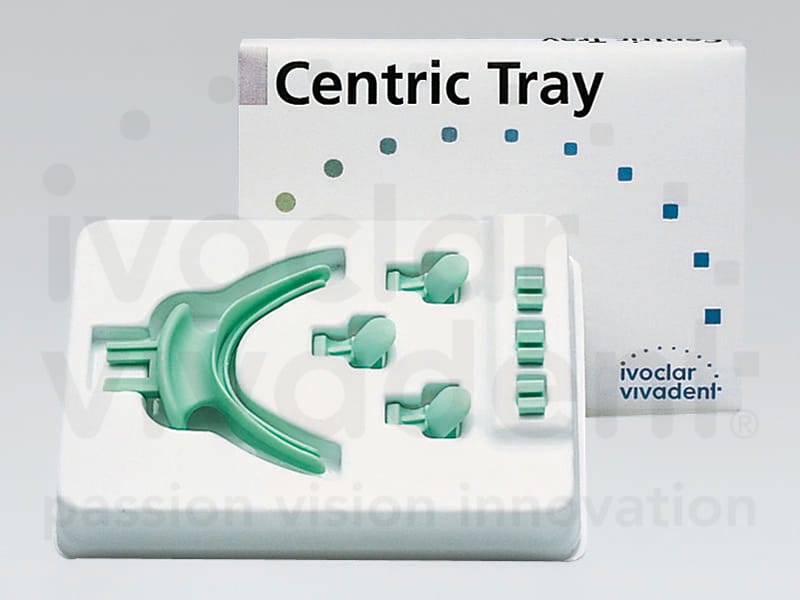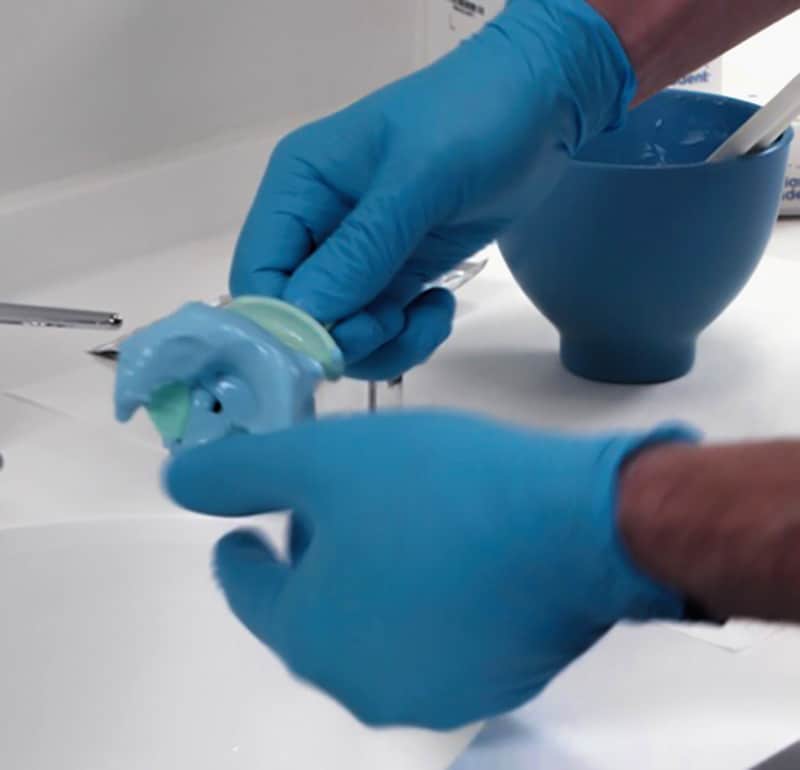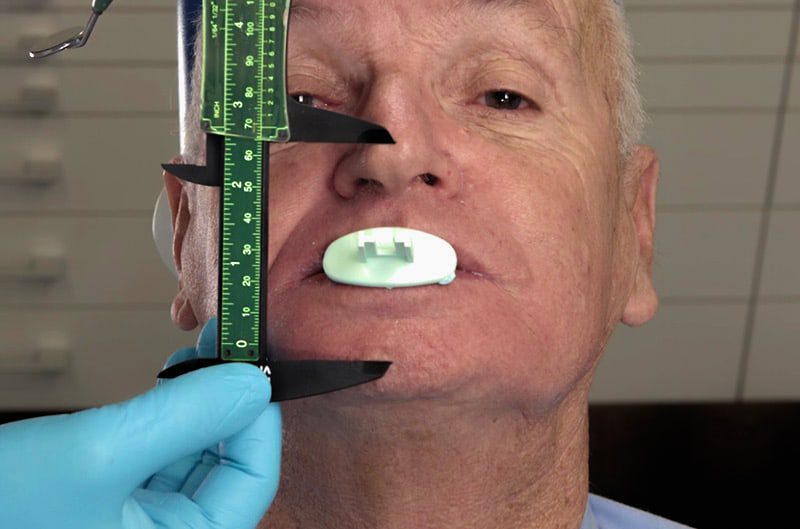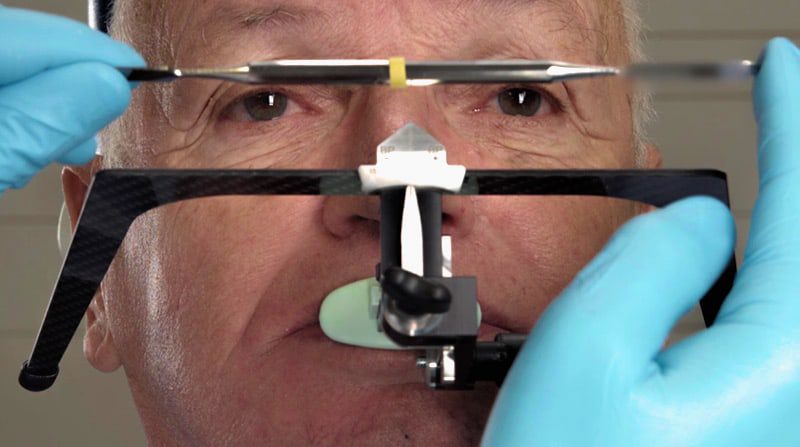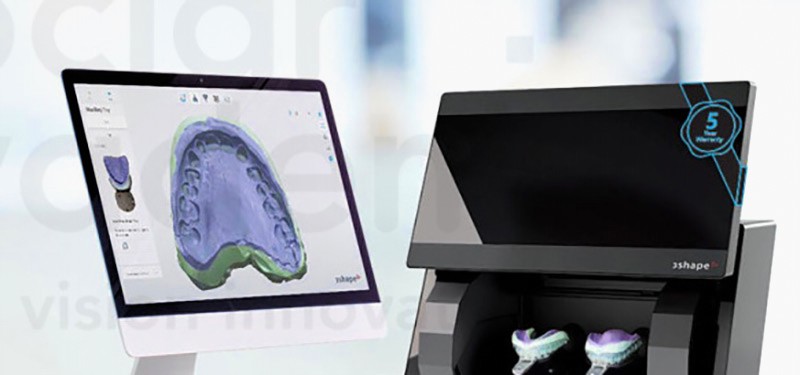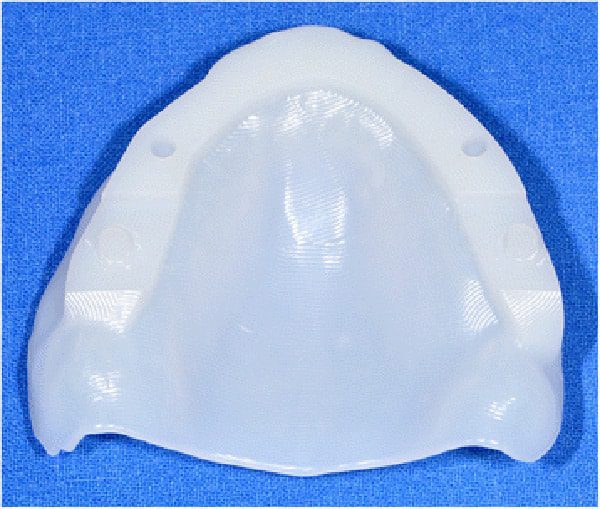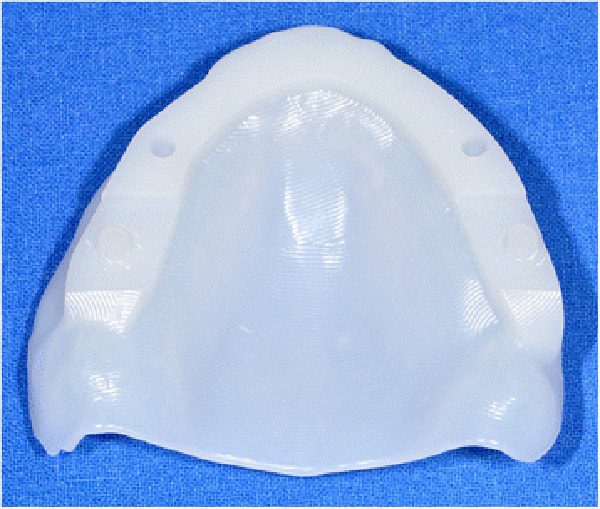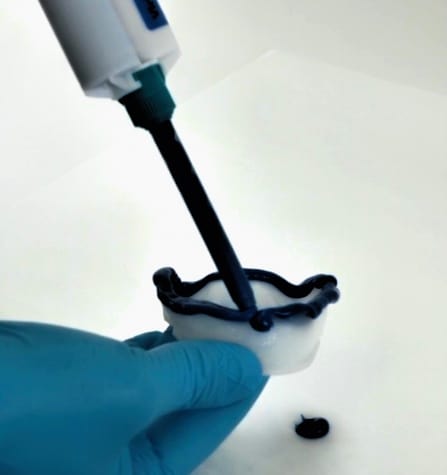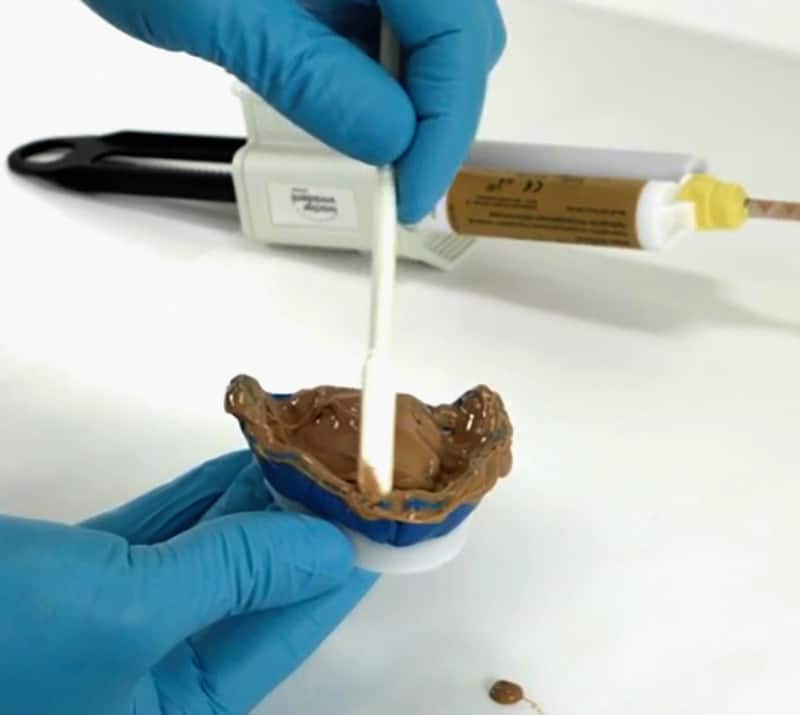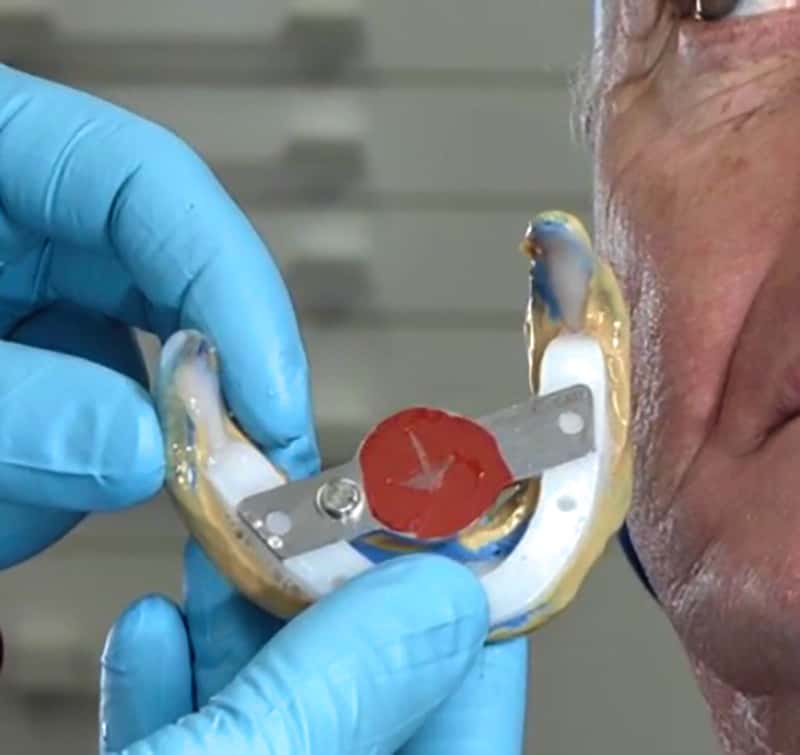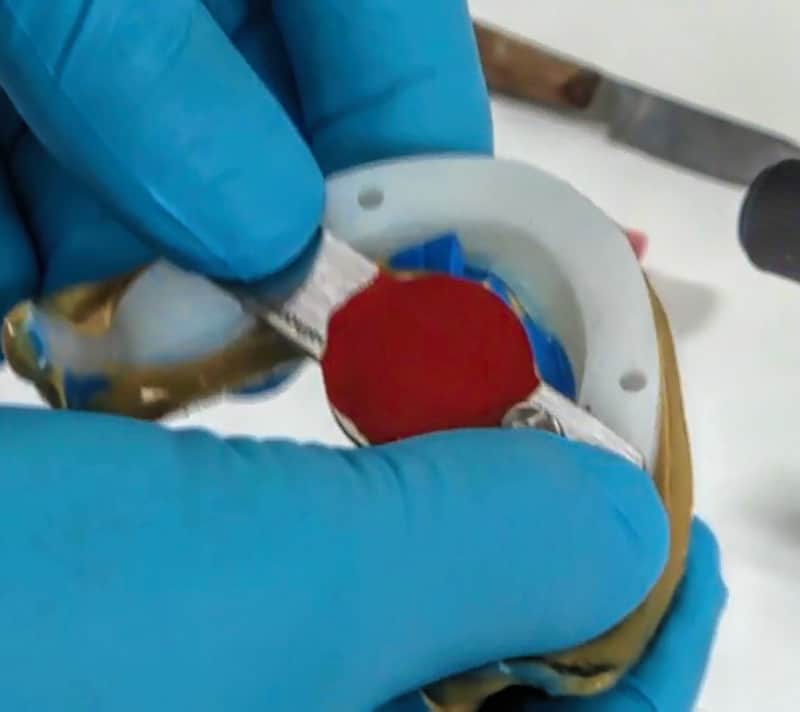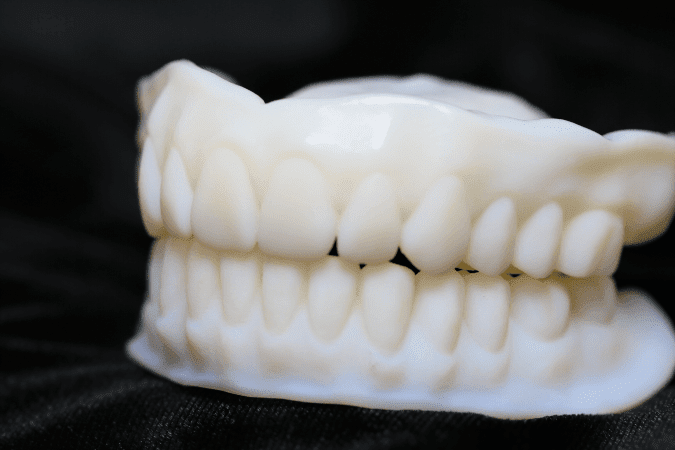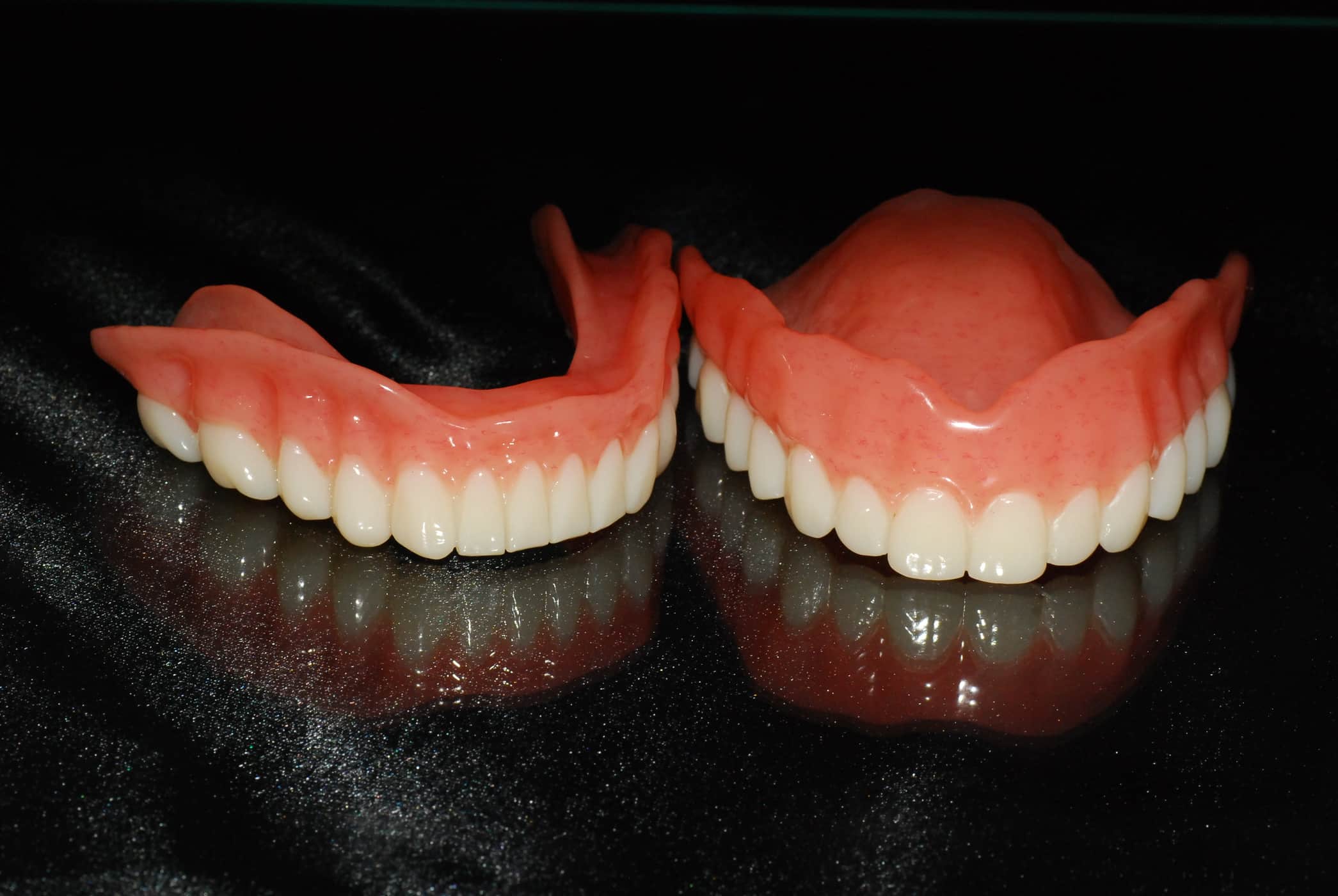The subject of Digital Dentures is becoming a very hot topic, with many different threads of conversation. But what exactly is a Digital Denture? That definition is dependent upon the manufacturing company’s workflow.
While there are means to capture initial records 100% digitally, and it is possible to successfully fabricate dentures from digital scans alone, it is not 100% predictable at this moment in time. The workflow for a Digital Denture currently begins with quality conventional records, including impressions, and bite records.
The Ivoclar Digital Denture system is just getting started but it is already becoming the gold standard of digitally-fabricated dentures. In this article, I will highlight the workflow for the Ivoclar Digital Denture along with some of the benefits of this digital denture system.
There are 4 clinical appointments and 3 corresponding lab deliverables presented in the following workflow:
1. Appointment #1: Initial Impression
2. Lab Process #1: 3D Bite Plate Design and Fabrication
3. Appointment #2: 3D Bite Plate, Gnathometer, and Final Impression Wash
Send verified bite and final impression to Burbank Dental Lab to toth set-up design.
4. Lab Process #2 Milled Tooth Set-up
5. Appointment #3: Tooth Try-In
6. Lab Process #3: Final Denture Fabrication
- Lab scans in and copy mills adjustment to occlusion and tooth position.
- Tissue-colored and tooth-colored materials are milled.

- Teeth are cured into the partially-milled tissue-colored material.
- Final milling is performed with bonded white and pink material together for an intimate fit.
- Final finishing and polish are performed.

7. Appointment #4: Delivery of Final Denture
- Final occlusal adjustment and finishing of denture are performed with your normal procedures.
Benefits of Digital Dentures
Errors are minimized since there is no lab model work done; all of the work in the lab is done from digital scans of your accurate impressions and bite records.
The bite record appointment using the 3D bite plate facilitates a more accurate and duplicatable bite relationship.
Teeth selection is done using measurable references to select appropriate teeth shape and sizes for your patient.
The set-up is accurately placed into the bite, esthetic and functional relationship, with precise and duplicatable results.
Milled tooth try-in appliance will be exactly the fit of the final denture, which provides predictable results and no surprises in the final appointment.
Duplicate dentures can be replicated at any time from stored design files.
Milled denture bases have virtually zero monomer release and are THE most dimensionally stable denture that has ever been made possible.
The Ivocalar Digital Denture System is a comprehensive lab and clinical system. It is important to intentionally follow the protocol and use the techniques and tools provided by Ivoclar to achieve the best results. Contact Burbank Dental Lab for special offers on the complete clinical kit for digital dentures.


